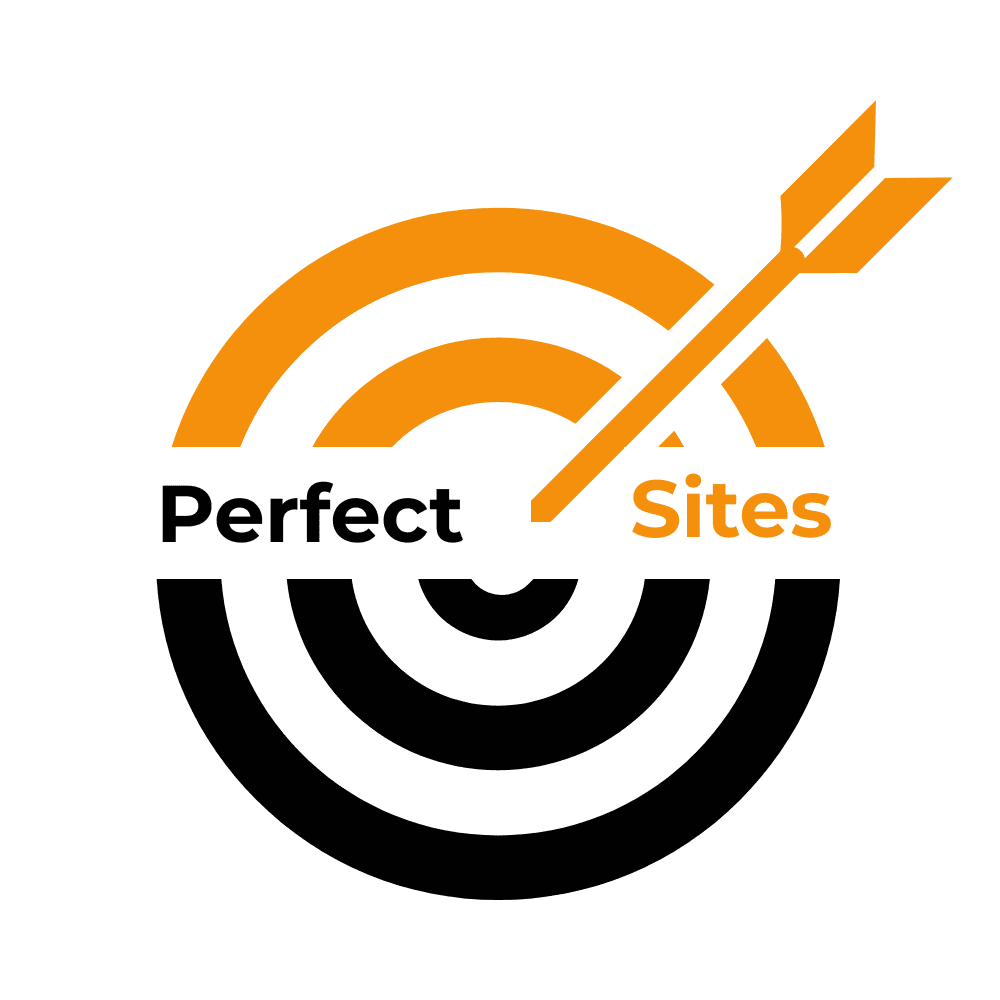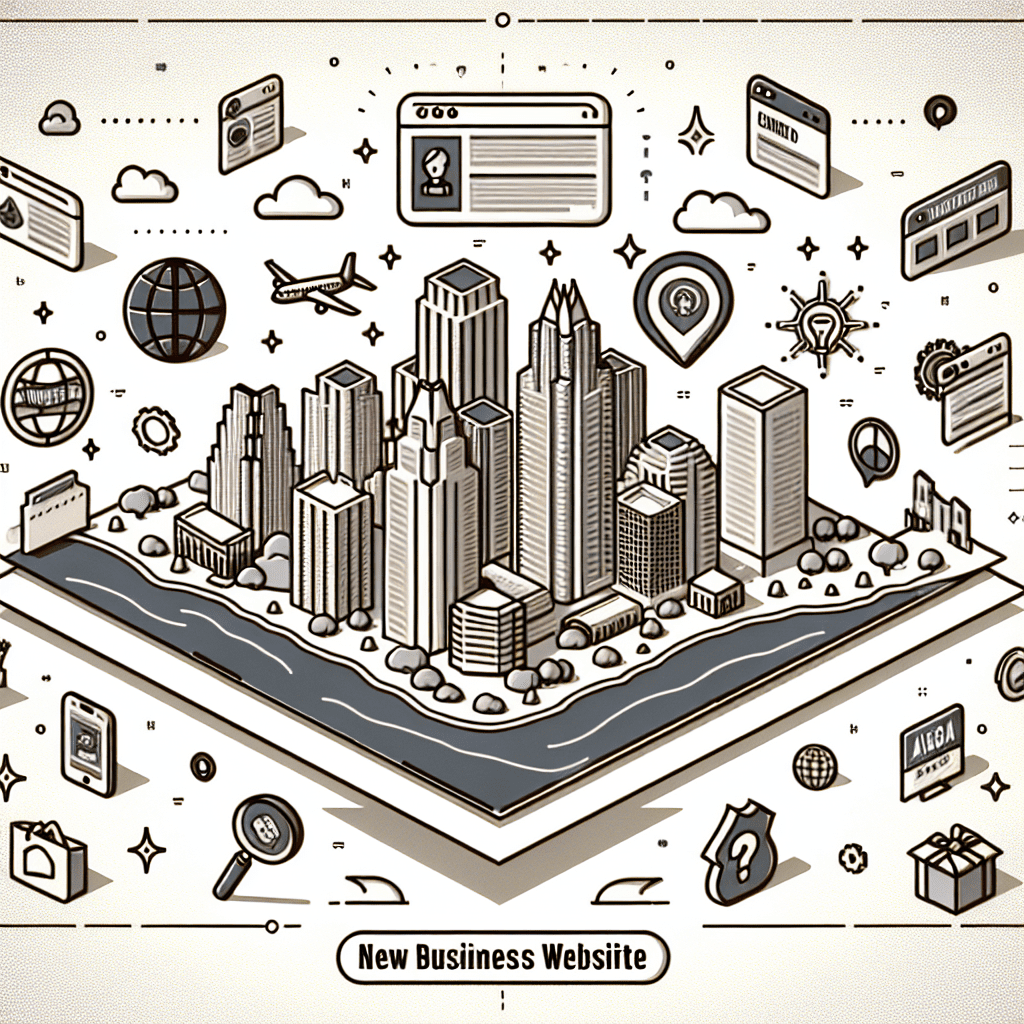Starting a business in Austin? First of all, good choice. The city’s got tacos that could make you cry, a tech scene that never sleeps, and enough creative energy to power a small country. But here’s the thing: if your website looks like it was built in 2012 during a caffeine crash, none of that matters. In Austin, your digital presence isn’t optional; it’s expected to be sharp, fast, and smarter than your average bear.
So let’s talk about what actually makes a new business website work in this town.
Know your digital neighborhood.
Austin isn’t just “tech-friendly”; it’s tech-saturated. According
to the Austin Chamber of Commerce, there are over 9,000 tech employers here. That’s not a typo. That’s a crowd. Which means your average visitor has seen more websites than they’ve had breakfast tacos, and they’re quick to bounce if yours doesn’t load fast or make sense
immediately.
So, what does that mean for your site? First, speed isn’t optional. Neither is mobile optimization. And if your navigation feels like a maze, you’ve already lost. Tools like Google’s PageSpeed Insights can help you figure out what’s slowing you down or breaking the flow.
Play the local SEO game like a native.
People in Austin don’t just search for “coffee.” They search for “cold brew near South Congress” or “best queso in East Austin.” That’s local search behavior, and it’s gold if you know how to use it. So if you’re launching a business here, local SEO isn’t a nice-to-have; it’s the map that leads people to your door.
Start by claiming your Google Business Profile. Add a Google Map to your site. Use schema markup so search engines understand where you are and what you do. And yes, work those local terms into your content, but do it naturally. No one wants to read “Austin dog groomer” ten times in one paragraph.
Moz’s Local SEO Guide breaks it down if you’re starting from scratch.
Pretty is good. Converting is better.
Now, Austin loves good design. You’ll see sites here that look like they belong in a museum. But if visitors can’t figure out how to book, buy, or contact you, all that beauty goes to waste. Your site has to actually do something.
That means clear calls to action. Visible trust signals, like reviews, testimonials, or even a simple “as seen in” logo bar. And you’ll want lead capture tools that don’t annoy people. Forms that don’t ask for your blood type. Chatbots that don’t feel like they’re trying to sell you a timeshare.
Use tools like Google Optimize or Hotjar to test what’s working. Change a button color, move a headline, try a different image. Small tweaks can make a big difference.
Use what the locals are using.
One of the perks of being in a city like Austin is that the tech stack is practically built into the culture. Calendly? Practically standard for booking meetings. Stripe or Square? You’ll find them at everything from yoga studios to pop-up shops. And CRMs like HubSpot or
ActiveCampaign are the go-to for a lot of local agencies and startups.
The upside? When you use the same tools locals trust, you’re not just saving time; you’re joining a support network that already knows the terrain.
Hire people who get Austin.
There’s a certain rhythm to Austin’s business scene. It’s creative, fast-moving, occasionally weird, and deeply local. So when you’re building your site, it helps to work with people who live and breathe that rhythm.
That could be a freelance designer from East Austin who knows the difference between “cool” and “trying too hard.” Or it could be a full-service agency like Perfect Sites that’s worked with enough local businesses to know what actually converts around here.
Look for folks with a portfolio that includes other Austin-based clients. Ask if they understand the local market. Read their reviews. The right team won’t just build you a site—they’ll build you a site that makes sense here.
Build for growth, not just looks.
Austin businesses scale fast. One minute you’re a two-person team selling handmade soap. The next, you’re pitching to Whole Foods and hiring a logistics manager. Your website needs to keep up.
That means building on a platform that won’t buckle under pressure. WordPress, Webflow, and Shopify are all solid choices. They’re flexible, SEO-friendly, and play well with the tools you’ll need down the line. But more importantly, your site should be modular. You should be able to add a new page or feature without starting from scratch or calling in the cavalry.
So yes, make it beautiful. But also make it expandable.
The bottom line?
Launching a new business website in Austin isn’t just checking boxes. It’s building a presence that can keep up with a city that’s fast, smart, and a little bit quirky. Focus on local SEO. Make sure your design actually converts. Use tools that are already part of the local ecosystem. And work with people who know how Austin ticks.
You’re not just launching a website. You’re building a foundation for something bigger.
That’s the view from the ground.
We’ll be back soon with more real-world insights.
Until then, keep building.
– Perfect Sites Blog

